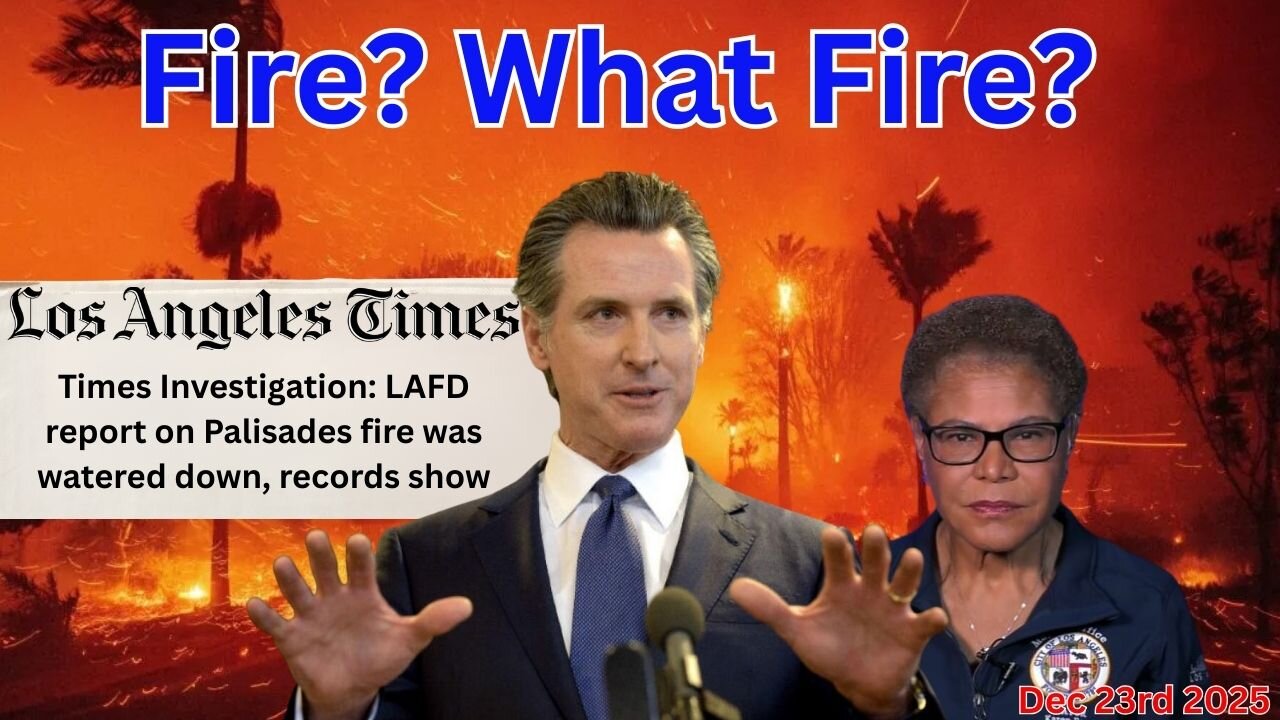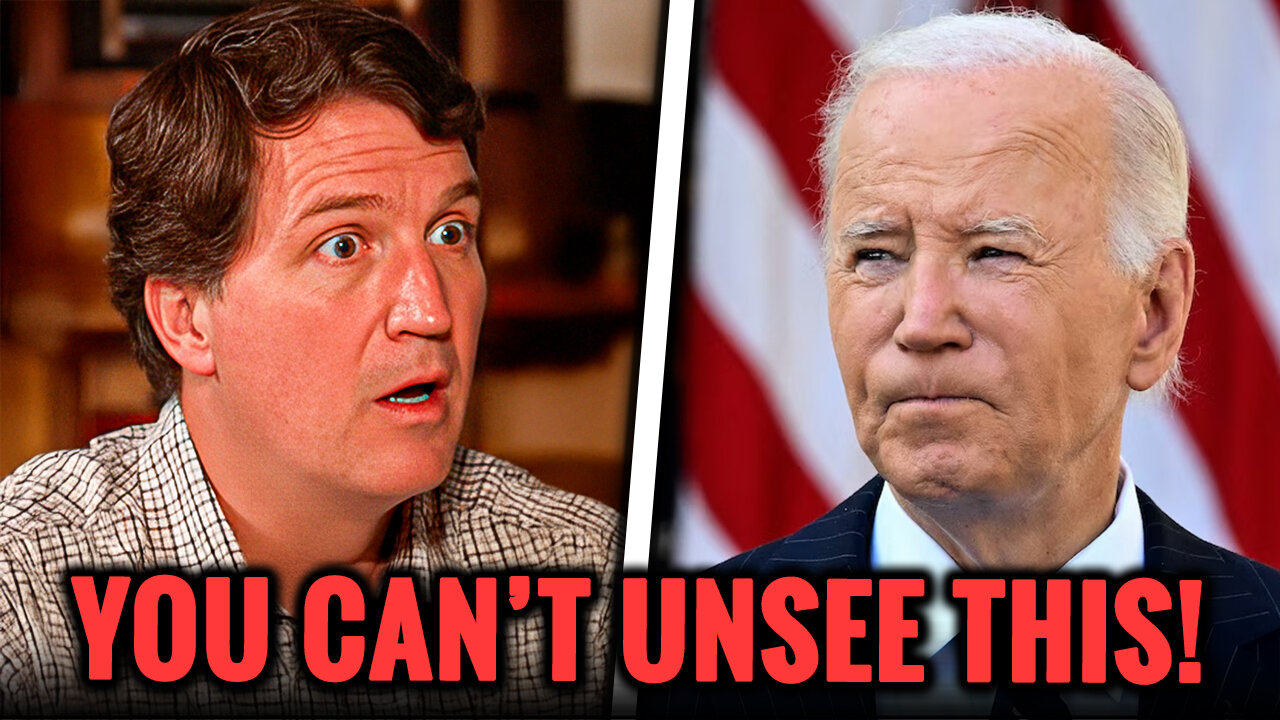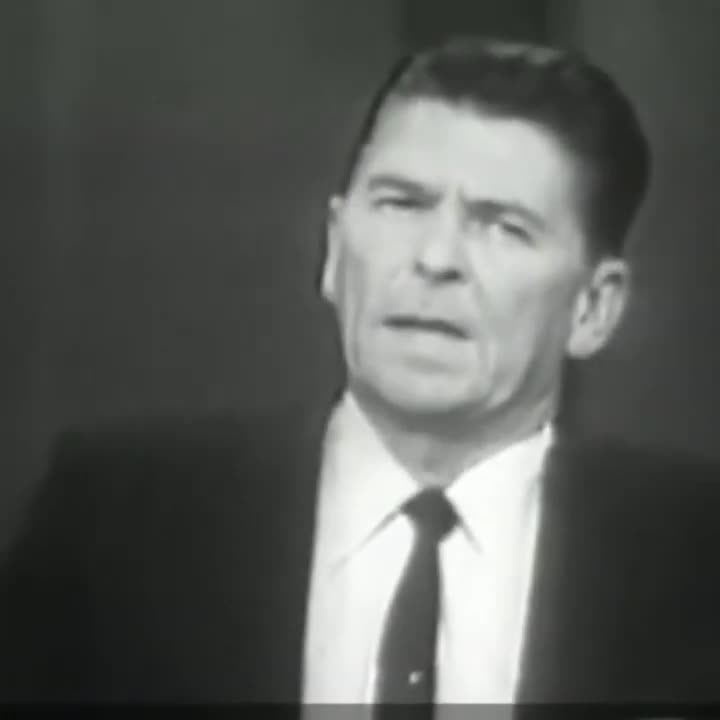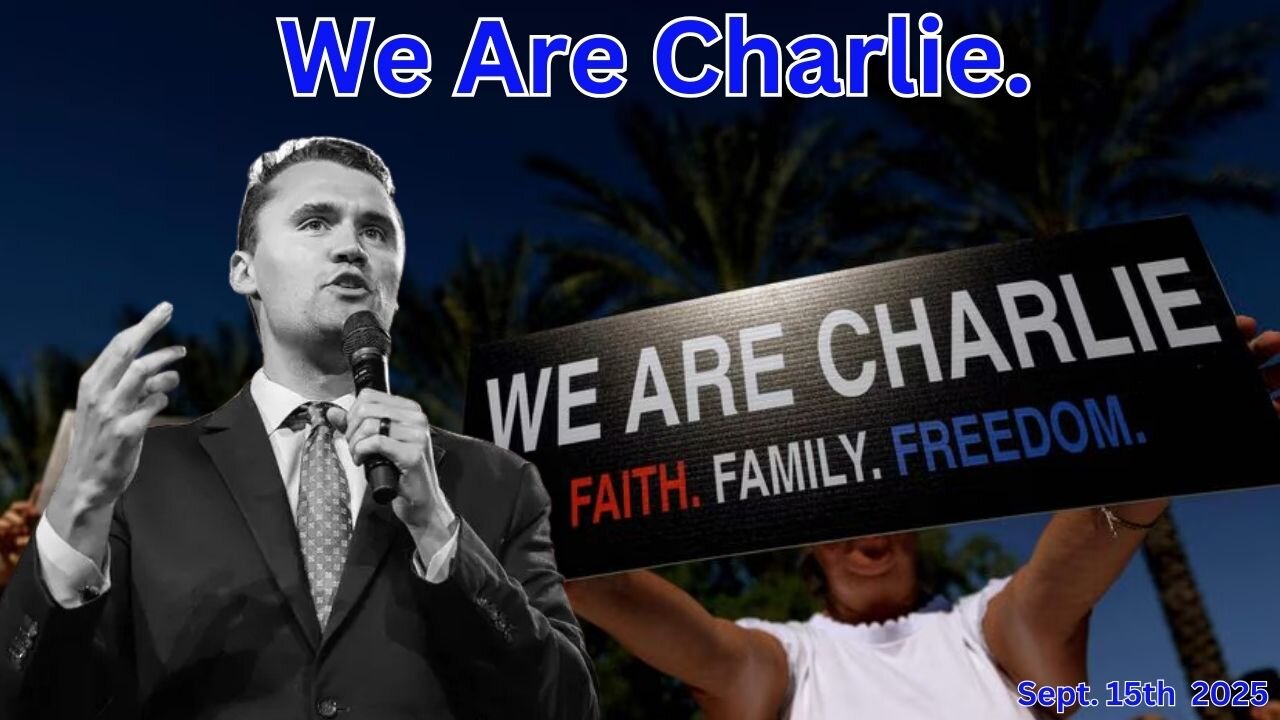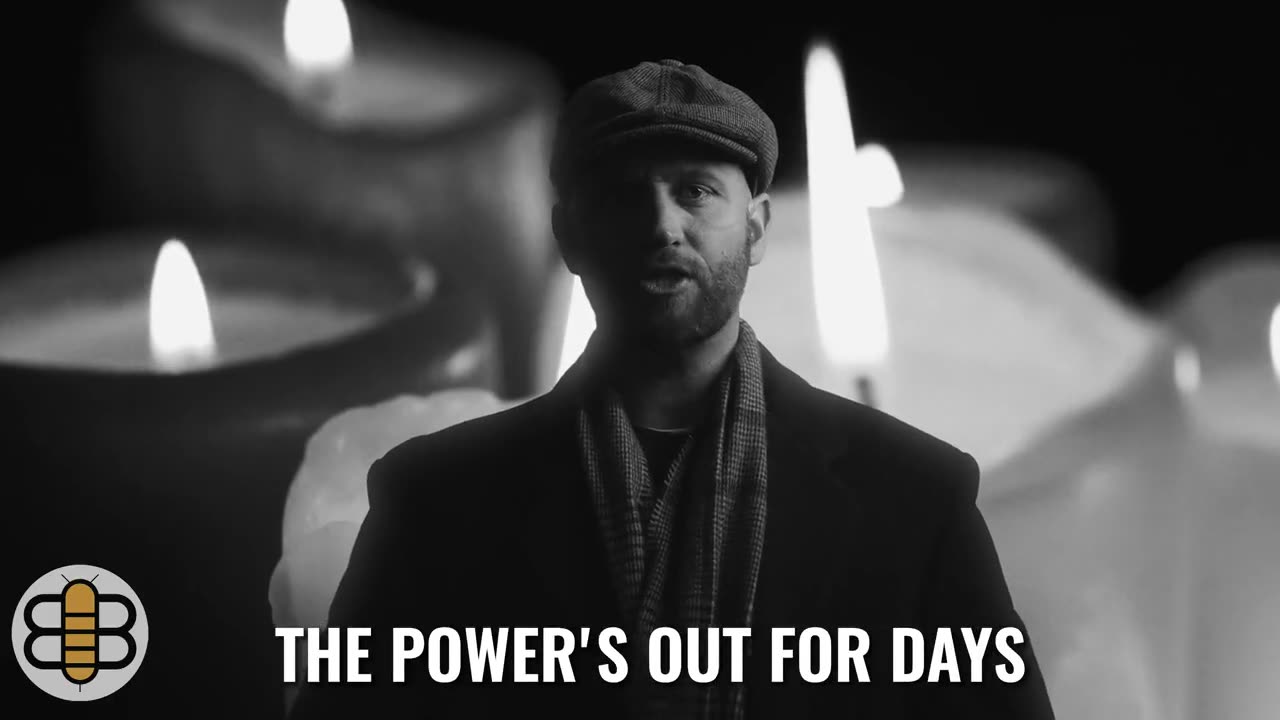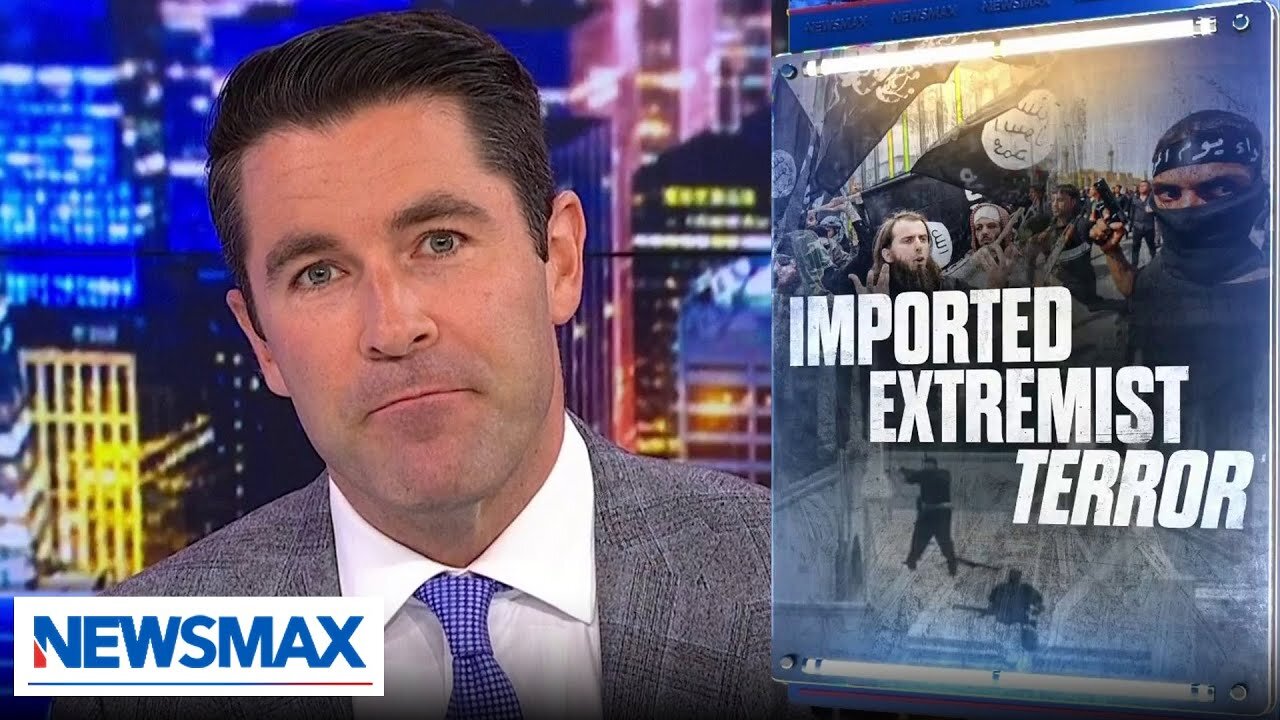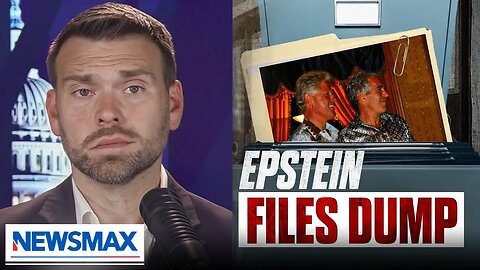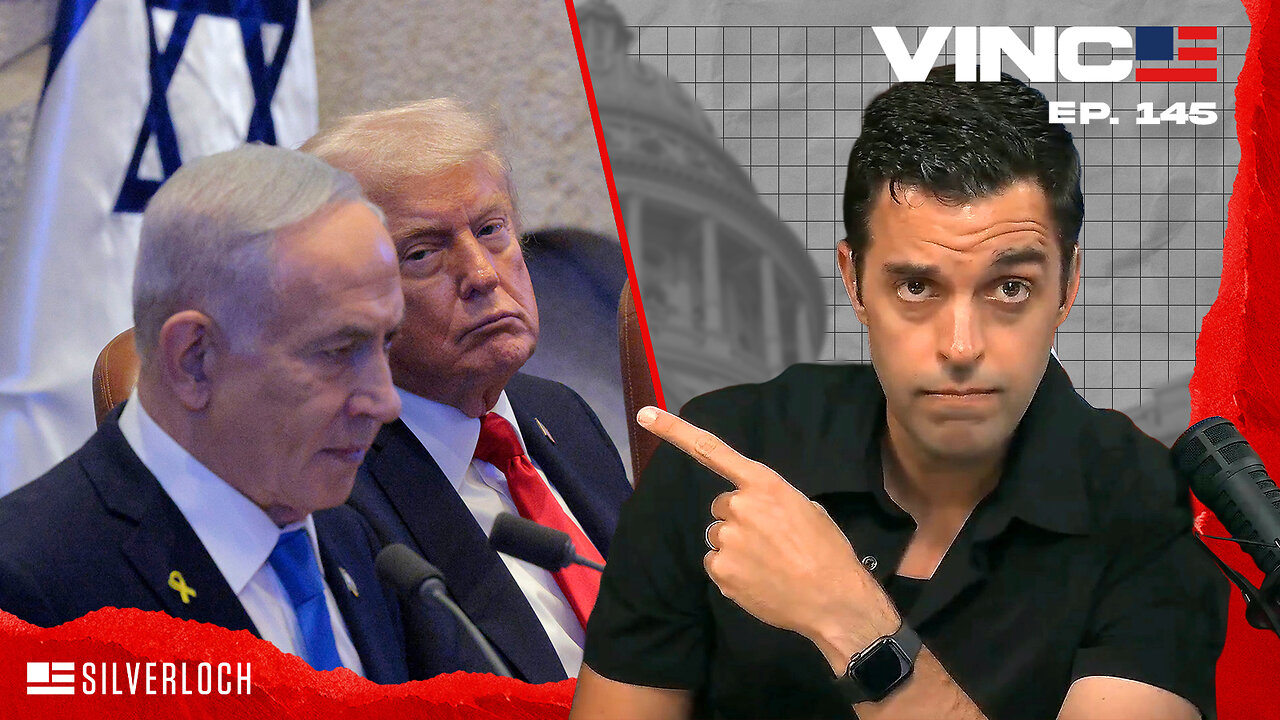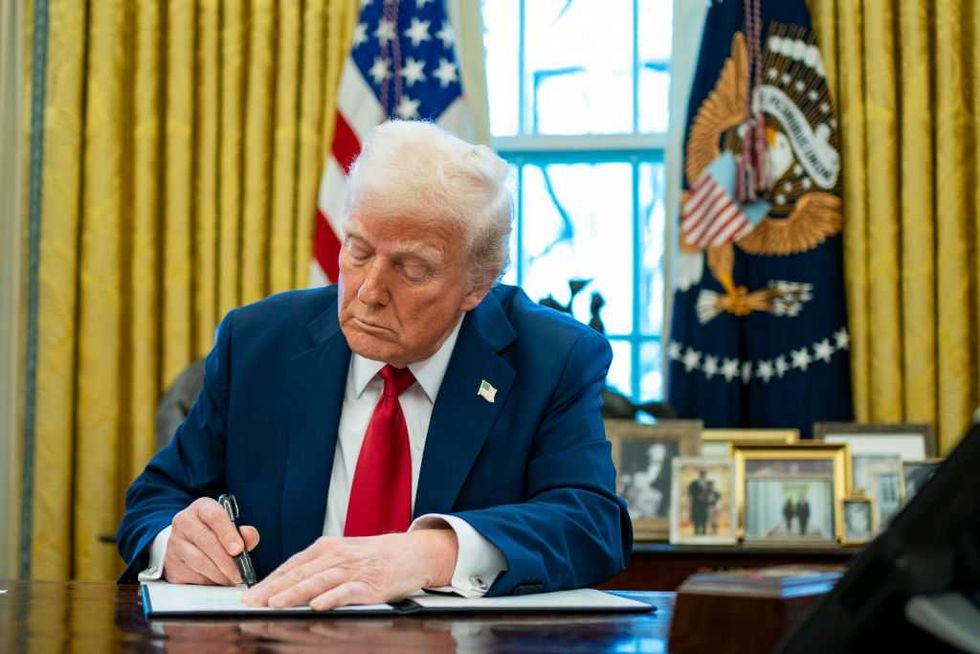How To Win A War In 37 Hours: Daily Wire Goes Inside Whiteman Air Force Base

KNOB NOSTER, MISSOURI — President Donald Trump shocked the world with his announcement on the evening of Saturday, June 21: the United States had successfully attacked three nuclear sites in Iran, and the B-2 bombers who had completed this incredibly secretive mission were on their way home.
Live Your Best Retirement
Fun • Funds • Fitness • Freedom
“Congratulations to our great American Warriors,” the president shared in a triumphant Truth Social post. “There is not another military in the World that could have done this.”
It was an incredible victory for Trump 2.0 in more ways than one: Operation Midnight Hammer had been executed without a single leak to the ever-eager White House or Pentagon press. But how, exactly, had this Hollywood-esque mission been accomplished? And who were the people who made it run so smoothly?
The Daily Wire ventured out to a small Missouri town called Knob Noster, which houses Whiteman Air Force Base, to learn about America’s most elusive bomber program: the 509th Bomb Wing, one of only two Air Force units to operate the B-2 Spirit stealth bomber. This unit has the unique ability to launch their bombers straight from Missouri to any spot on the globe.
With rare access to pilots and commanders, The Daily Wire learned how a single mission—planned in silence and executed with breathtaking speed—reshaped the conversation about modern warfare through the largest B-2 strike in United States history.
Only 21 of these B-2 planes were ever made: one crashed and one was damaged, but the rest are housed at Whiteman Air Force Base, the only home of the B-2 stealth bomber. The concept of the plane was conceived back in 1979, at the height of the Cold War, when the United States military had planes that could drop bombs, planes that were stealth, and planes with long ranges, but none that could do all three of these things.
The Pentagon green-lighted a new program to create such planes in 1979, and by 1989, the B-2 Spirit was taking its first flight.
Thirty-six years later, the planes were an integral part of Operation Midnight Hammer. On June 21, 2025, a squadron of B-2 stealth bombers took off from Whiteman, loaded with 420,000 pounds of advanced bunker-busting bombs, headed for Iran. Some went west over the Pacific as part of a deception mission, but seven bombers headed east, flying 7,000 miles towards Iran’s nuclear facilities.
The trip involved mid-air refueling — one of the most difficult aspects, explained Colonel Jared Kennesh, a B-2 pilot closely involved in the mission and commander of the 131st Bomb Wing, Missouri National Guard at Whiteman. And though the B-2’s flying wings are actually giant fuel tanks capable of holding tens of thousands of gallons of jet fuel, Operation Midnight Hammer involved six refuels. The wings hold roughly 160,000 pounds of fuel, which is enough to keep a B-2 airborne for about 6,000 miles without having to stop for a refuel.
“It’s very easy to fly,” Kennish explained. “Probably the most difficult part is air refueling.”
Asked if it was easy for things to go wrong during refueling, Kennish responded: “It’s always easy for things to go wrong, but I mean, we train for that. That’s what we do. Over and over, repetitions, simulators, fling training hours, and everything else.”
“What’s unique about the B-2 is the fact that really the only aircraft in the world that provides stealth payload and precision anywhere in the world,” he shared. “We can be anywhere in the world, strike precision weapons within minutes, with the time and place of our choosing.”
The Daily Wire learned that during Operation Midnight Hammer, each B-2 was burning roughly 100 pounds of jet fuel every 10 seconds. To put that in the context of the five-gallon gas cans used for a lawn mower, every 10 seconds, a single B-2 loaded with bombs burned through three gas cans. And since the planes were in the air for 37 hours, each of the B-2s in Operation Midnight Hammer burned about 200,000 gallons. So the mission used at least 1.4 million gallons for the seven B-2s alone.
That’s enough gas for a Toyota Camry to go around the world 2,193 times.
The B-2s entered Iranian airspace at around 6 pm Eastern time, and forty minutes later, six of them had hit their first target as they dropped six bombs (the GBU-57 Massive Ordnance Penetrator, or MOP) into the two main ventilation shafts at the Fordo Mountain uranium enrichment facility. The seventh B-2 dropped two more bombs on the Natanz nuclear facility, protected by a 25-foot-thick concrete shield.
Get 40% off new DailyWire+ annual memberships with code FALL40 at checkout!
Chief Master Sergeant Frank Espinoza, whose team loaded the bombs onto the planes before the mission, showed The Daily Wire an example of the “MOP” at Whiteman, sharing that the bombs produce an overpressure phenomenon that sends shock waves deep into the ground. The MOP is designed to detonate only after it pierces through rock and reaches its underground target.
“It’s a 30,000-pound munition,” Espinoza shared. “It’s meant to penetrate hardened targets and it’s pretty accurate…If we want to hit any place anywhere on the planet, we’re going to do it.”
“No other country has this type of bomber or this type of munition,” he noted. “It was specifically designed for that target, 15 years to develop this specifically. This is the first time that the MOP was used in combat and we used 14 of them and they all worked as advertised.”
Colonel Joshua Wiitala, commander of the 509th bomb wing, oversees the B-2 program at Whiteman, and oversaw Operation Midnight Hammer. He described watching the pilots return from Operation Midnight Hammer, flying over the heads of their breathless families, who had gathered at the base once news broke of the daring mission. These families didn’t know that their pilot family member was going when he or she left the day before, Wiitala shared, but they were used to these types of procedures.
“When it was announced that the mission had happened, the family started to find out that that was the case. A lot of them gathered here on base. We brought them out to the flight line, and when the jets recovered, there were families cheering for them. They pitched out over the base, right over top of their families.”
“I would say the biggest moment for me ever as a commander, and really the biggest moment of my career, was when I knew they were safe,” he said. “When I knew they were in safe airspace and they had accomplished the mission, that’s when the emotions really started to flow, to be honest.”
His pilots didn’t seem nervous when they took off, Wiitala said. They were “very excited.”
“They understood that this was going to be one of the most consequential raids of our lifetime.”
Originally Published at Daily Wire, Daily Signal, or The Blaze
What's Your Reaction?
 Like
0
Like
0
 Dislike
0
Dislike
0
 Love
0
Love
0
 Funny
0
Funny
0
 Angry
0
Angry
0
 Sad
0
Sad
0
 Wow
0
Wow
0






